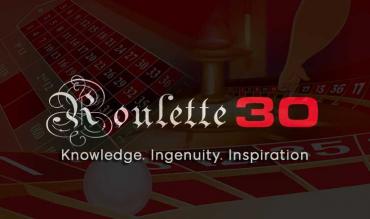Brick and mortar casinos have been hosting roulette games since just after the time of the dinosaurs, in 18th century France. The roulette wheel began its life as a perpetual motion machine, designed by Frenchman Blaise Pascal a century earlier, before making its mark in Paris in the late 1700’s. From here it traveled around Europe where it became a favorable game among royalty, and the aristocrats of The Continent.
When roulette reached America one major change was apparent in the game; an extra zero had found its way onto the wheel. This was no accident, and affects the game in a huge way; by doubling the house edge. Allow me to explain.
Relevant articles:
The roulette wheel secrets
American vs European vs French roulette
The significance of the house edge in roulette
The European roulette wheel contains the numbers 1-36 and a number zero. 18 numbers are black, and 18 numbers red, with the zero displaying the all important green that makes the odds of a 50-50 red/black bet a little less than 50-50, and the odds of a bet on a single number 1/37, where only 1/36 is actually paid out. This is known as the house edge. The single “zero” stand-alone green color is the defining factor of the European roulette wheel, and is the reason why roulette is a game of gambling. The odds are slightly in favor of the casino for every spin, and even covering the zero does not negate this; it costs an extra bet and still pays out with less than the odds of the event actually happening.
The American roulette has a “zero” and a “double-zero”, both green. It also displays the numbers 1-36 with 18 black numbers and 18 red. The 50-50 red/black now contends with two green colors, where before it had only one to cause an offset. Similarly, a bet on a single number on an American wheel pays out odds of 1/36, where it should now pay out 1/38 given the zero and double-zero.
The two green colors are placed opposite one another on the wheel, and there remains a wide spread of the high and low numbers, and alternating black and red numbers. The layout of numbers is different to on a European wheel, though this makes little difference to the gameplay. The European wheel still has the spread of numbers, and alternation of colors that are designed to be difficult to predict.
Given that the only real relevant difference in the American wheel is the addition of the double-zero, and therefore the addition of a stronger house edge, most players tend to prefer the European game where possible. Many casinos in the USA offer only the American version of the game, so US players in the brick and mortar casino may have no choice but to bite the bullet when it comes to the decreased odds they are paid out. Players in Europe, and players online, will usually have the option for both, though it is unbeknown to me why anyone would play the American version out of choice, when the European clearly displays better odds.
